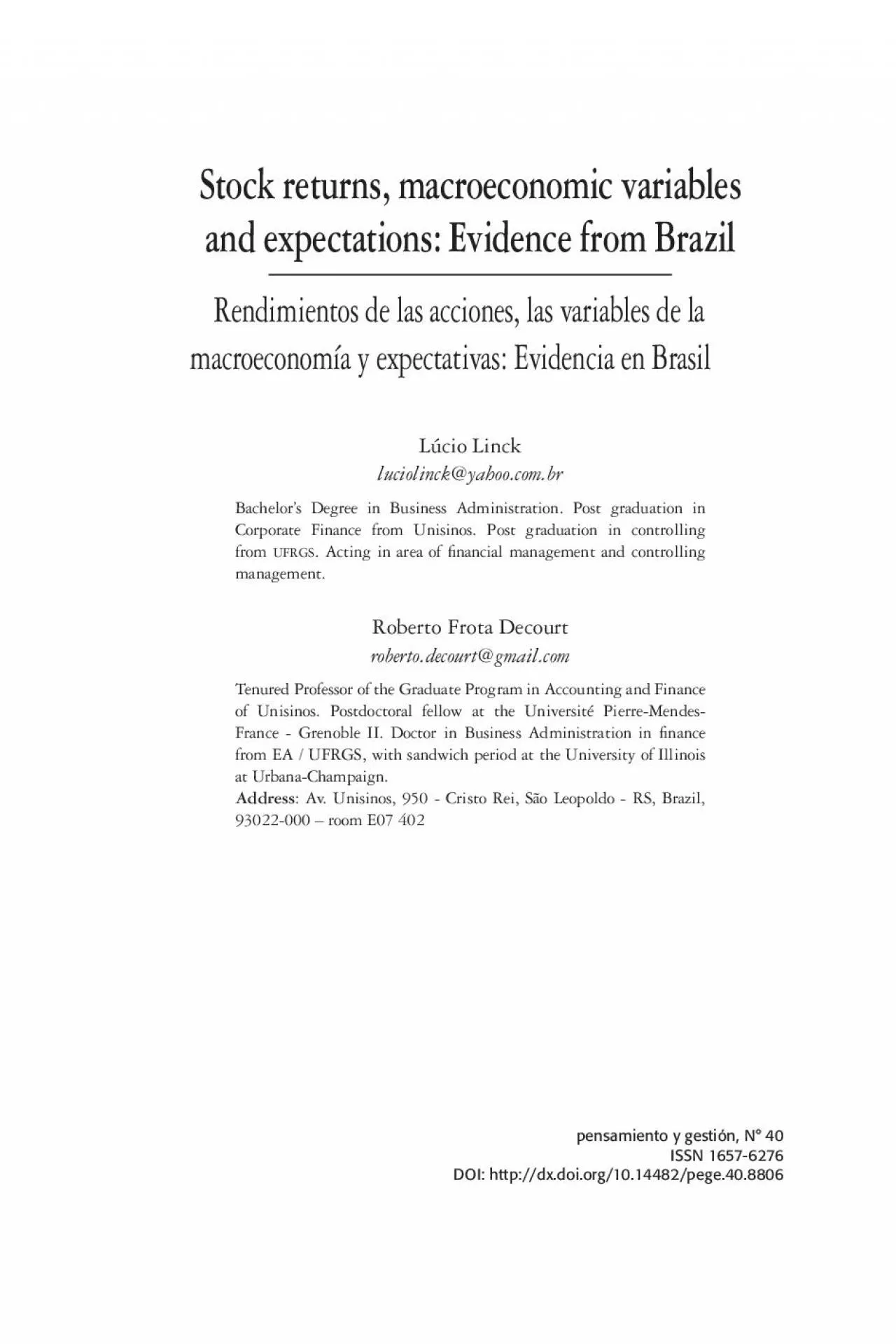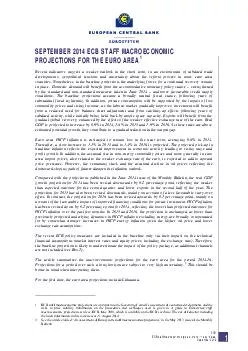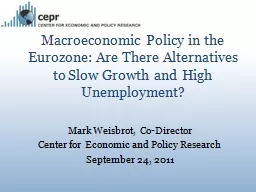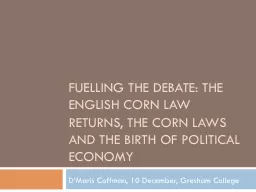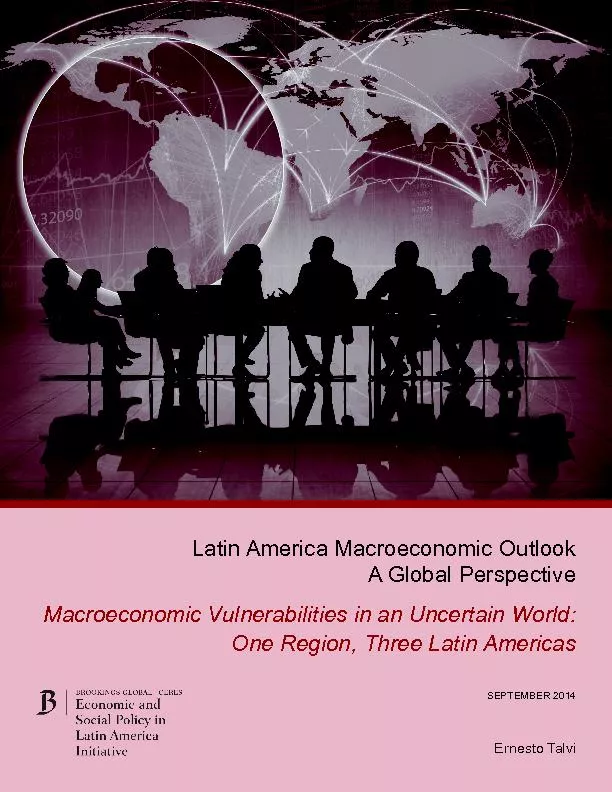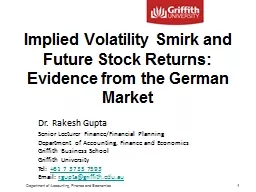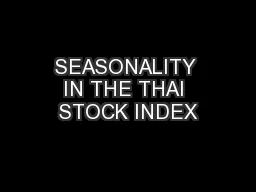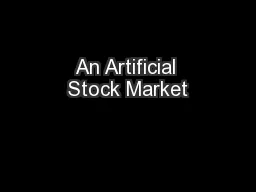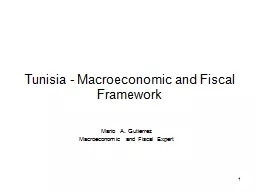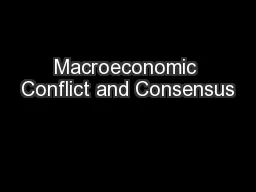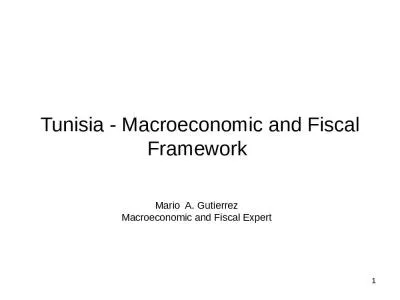PDF-Stock returns macroeconomic variables
Author : lauren | Published Date : 2021-07-04
and expectations Evidence from Brazil Rendimientos de las acciones las variables de la macroeconomía y expectativas Evidencia en Brasil Lúcio Linck luciolinckyahoocombr Bachelor146s
Presentation Embed Code
Download Presentation
Download Presentation The PPT/PDF document "Stock returns macroeconomic variables" is the property of its rightful owner. Permission is granted to download and print the materials on this website for personal, non-commercial use only, and to display it on your personal computer provided you do not modify the materials and that you retain all copyright notices contained in the materials. By downloading content from our website, you accept the terms of this agreement.
Stock returns macroeconomic variables: Transcript
Download Rules Of Document
"Stock returns macroeconomic variables"The content belongs to its owner. You may download and print it for personal use, without modification, and keep all copyright notices. By downloading, you agree to these terms.
Related Documents

